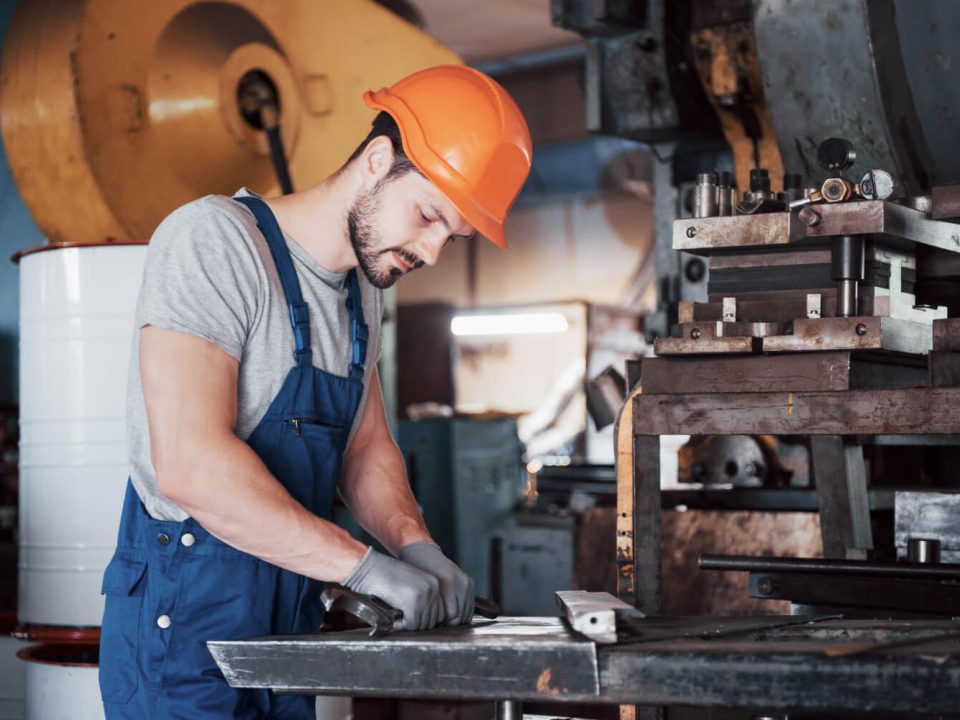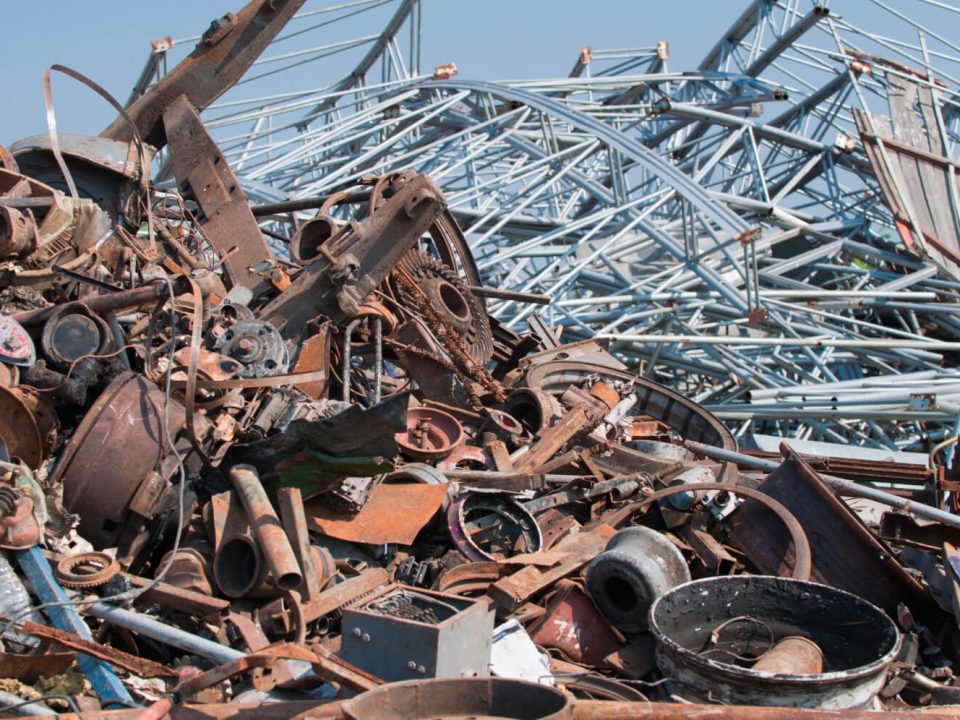
Exploring Valuable Scrap Metals: Unlocking Hidden Riches
December 9, 2024
Proper Methods for Handling and Disposing of Metal Waste
December 9, 2024Shredding plays an essential part in sustainable recycling processes. It is crucial for its success in the scrap metal recycling sector. Shredding allows valuable metals to be extracted while optimizing processing times and limiting environmental impacts. Shredding large, unwieldy metal items into manageable pieces makes sorting and processing efficient. Here is more on why shredding enhances scrap metal recycling and why sustainability depends upon it.
The Role of Shredding in Scrap Metal Recycling
1. Increased Sorting Efficiency
Shredding metal into smaller pieces enables sorting technologies to better separate materials from each other. For example, machines like magnetic separators and eddy currents. With such precision at their fingertips, recycling rates increase. Every material gets handled appropriately – which results in enhanced recycling rates overall.
2. Improved Transportation and Storage
Scrap metal recycling requires transporting large, cumbersome pieces. Shredding reduces their size to make moving them simpler. It also uses less storage space. This saves both recyclers and the environment precious time and resources in this effort.
3. Higher Material Recovery Rates
Smaller metal pieces allow for better material recovery rates during recycling processes. This reduces landfill waste. It also simultaneously optimizes both economic and environmental benefits of recycling.
4. Reduced Energy Consumption
Shredding helps make melting and refining processes more energy-efficient. It does so by disintegrating into smaller pieces that melt faster and evenly. This also requires less energy for refining processes. Thus, it significantly lowers greenhouse gas emissions associated with producing new metals.
How the Shredding Process Works
1. Collection and Pre-Sorting
There are several places where scrap metal can be gathered. Such as residential buildings, commercial recycling facilities, or building sites. Before being shredded into little pieces for sale or other uses. Before further recycling into smaller pieces, pre-sorting can eliminate pollutants including plastic, wood, and hazardous materials.
2. Shredders in Action
Shredders use powerful rotating blades to shred metal items into smaller pieces. Different machines are designed for specific materials. For example, automobile shredders or shear shredders are for industrial scrap.
3. Separation and Sorting
Once shredded, metal pieces are sent through various separators. These remove ferrous metals with magnetic separators. Non-ferrous ones are extracted using eddy currents or air classifiers. Examples of these metals would be aluminum and copper.
4. Preparing Metal for Recycling
After sorting, metals must be further processed to eliminate impurities. This is prior to the material being melted down and turned into new goods.
Types of Scrap Metal Suitable for Shredding
- Automobiles
Particularly older vehicles are an invaluable source of scrap metal. Shredding allows efficient recovery of steel, aluminum, and copper from these vehicles. - Household Appliances
Recycling Appliances made of metal materials like stainless steel or aluminum scrap are being recycled as an effort to recover valuable metal resources, including refrigerators, washing machines, and ovens. - Industrial Equipment
Large machinery and tools can be recycled. This is by shredding them to recover valuable components that can then be put back into production.
Environmental Benefits of Shredding in Scrap Metal Recycling
1. Landfill Reduction
The amount of scrap metal garbage dumped in landfills is decreased via shredding. This saves valuable space and protects soil quality from pollution.
2. Lower Carbon Footprint
Recycling metals through shredding requires considerably less energy than mining and refining virgin materials. This leads to lower greenhouse emissions while contributing towards global climate goals.
3. Conserving Natural Resources
Recycling metal scrap reduces the need to extract raw materials from finite resources. For example, iron ore mines and quarries. This helps conserve finite natural resources like iron ore and bauxite deposits.
Challenges in Shredding Scrap Metal
1. Mixed Materials
Products often consist of metal and nonmetal components that make shredding complex. Presorting technology must be utilized to meet this challenge effectively.
2. Wear and Tear on Equipment
Shredders handle tough materials that can wear down their equipment over time. To keep the machinery running effectively, this calls for routine maintenance. It also helps ensure maximum uptime.
3. Handling Hazardous Components
Many items destined for shredding contain potentially toxic materials. These must be extracted before shredding. This is to safeguard the environment and avoid environmental degradation.
The Future of Shredding in Scrap Metal Recycling
As demand for recycling increases, so too has shredding technology advanced. Through advances like high-capacity shredders and smart sorting systems, efficiency has improved while costs have decreased substantially. This has increased environmental awareness. It has also spurred investments into advanced recycling infrastructure worldwide.
Why Choose Zorom for Your Scrap Metal Recycling Needs?
Zorom provides reliable and eco-friendly recycling solutions. These range from scrap metal recycling to shredding services. This is all powered by state-of-the-art equipment. This optimizes material recovery rates. We also have an experienced staff dedicated to sustainable practices. Make your scrap metal into resources today – turn Zorom your partner.
In order to recycle scrap metal, shredding is essential. It optimizes efficiency while cutting waste and conserving resources. By understanding its significance and using advanced technologies we can build more sustainable communities. We can also reap both financial and environmental rewards from recycling responsibly!






